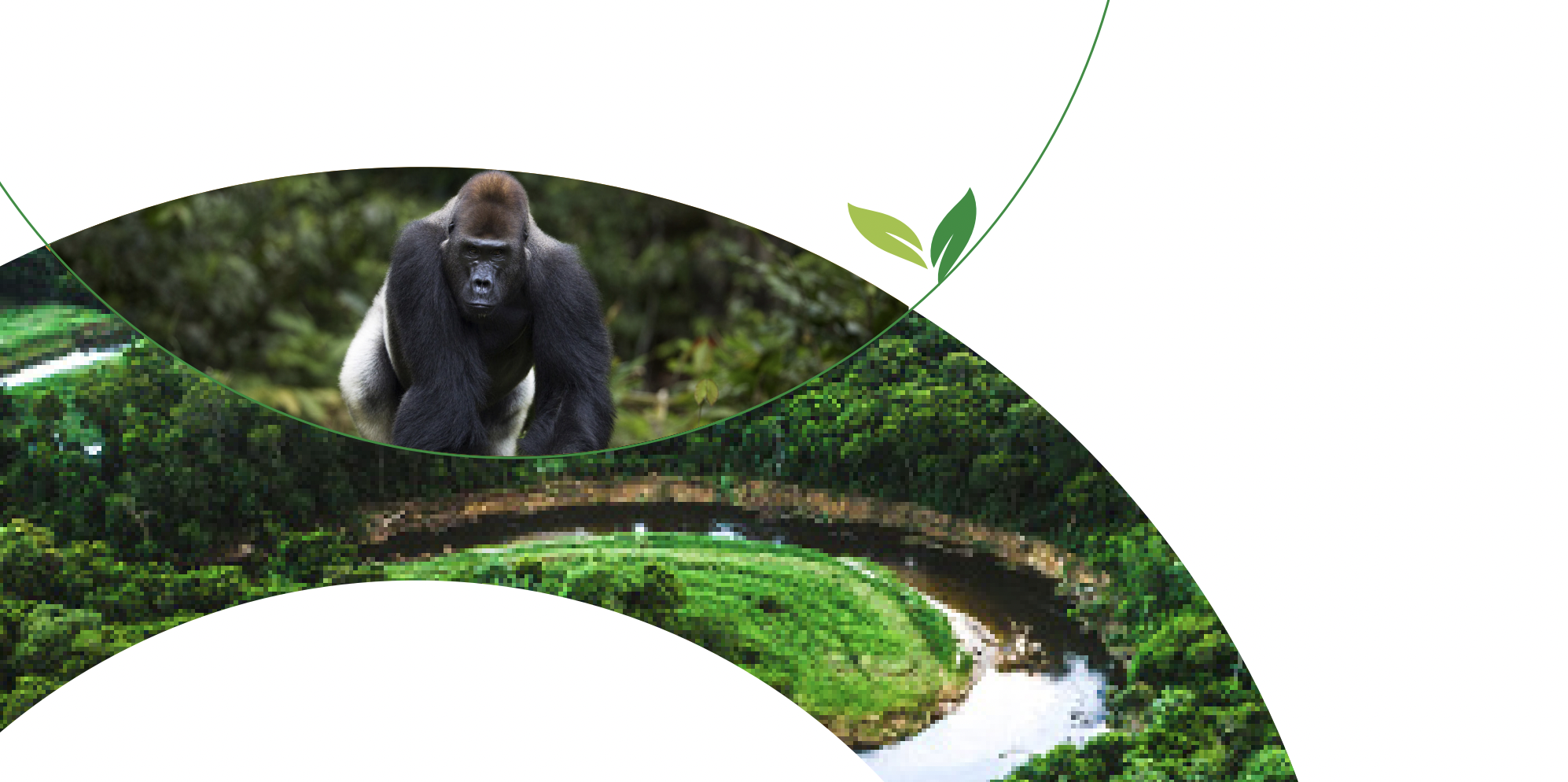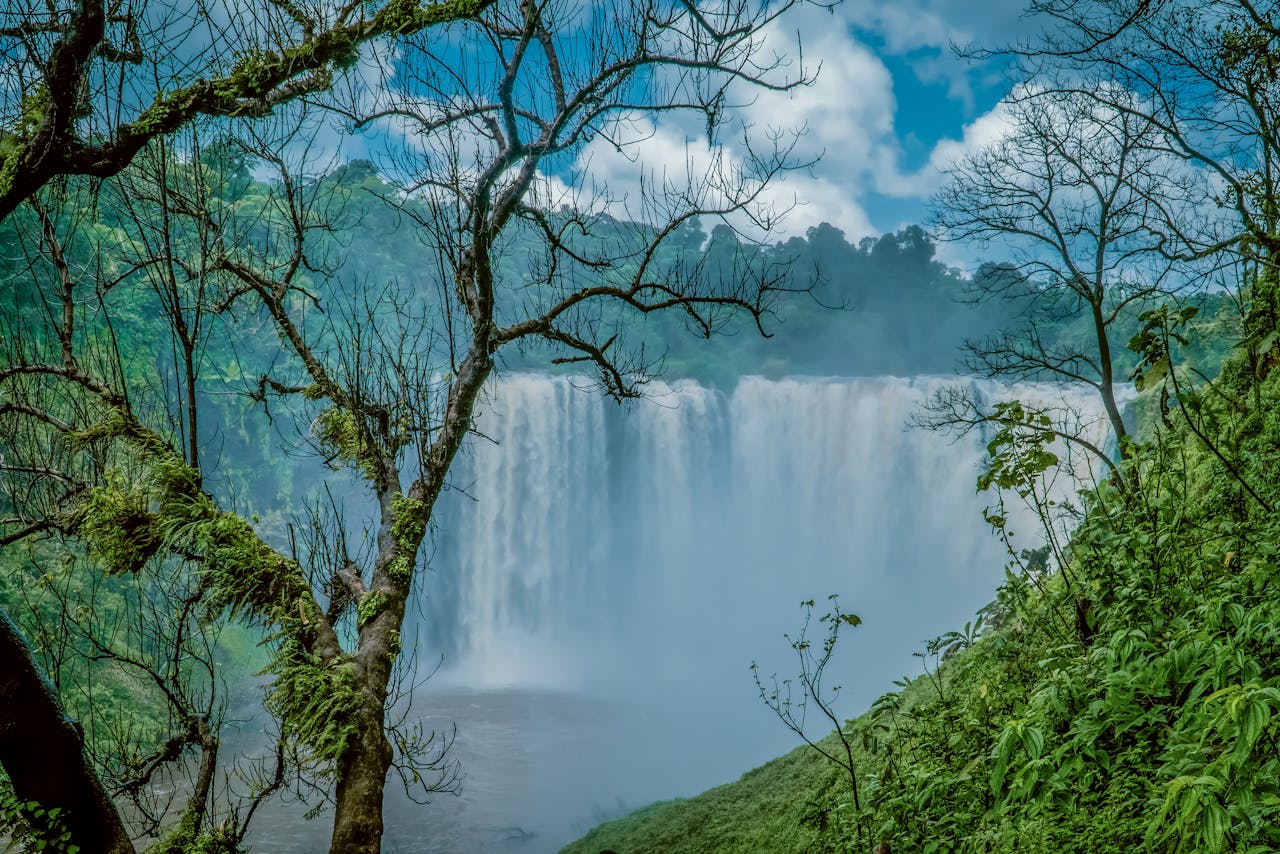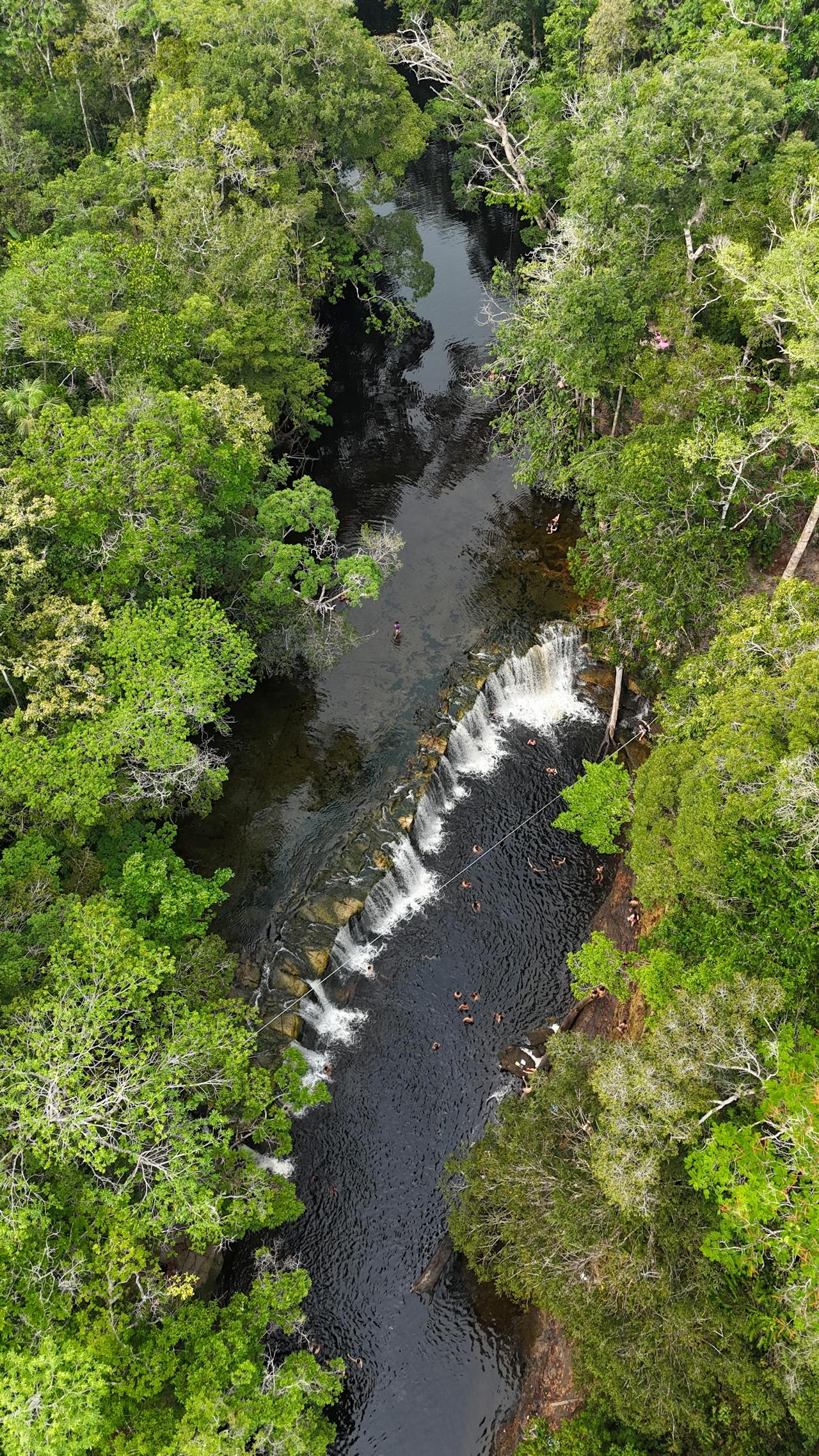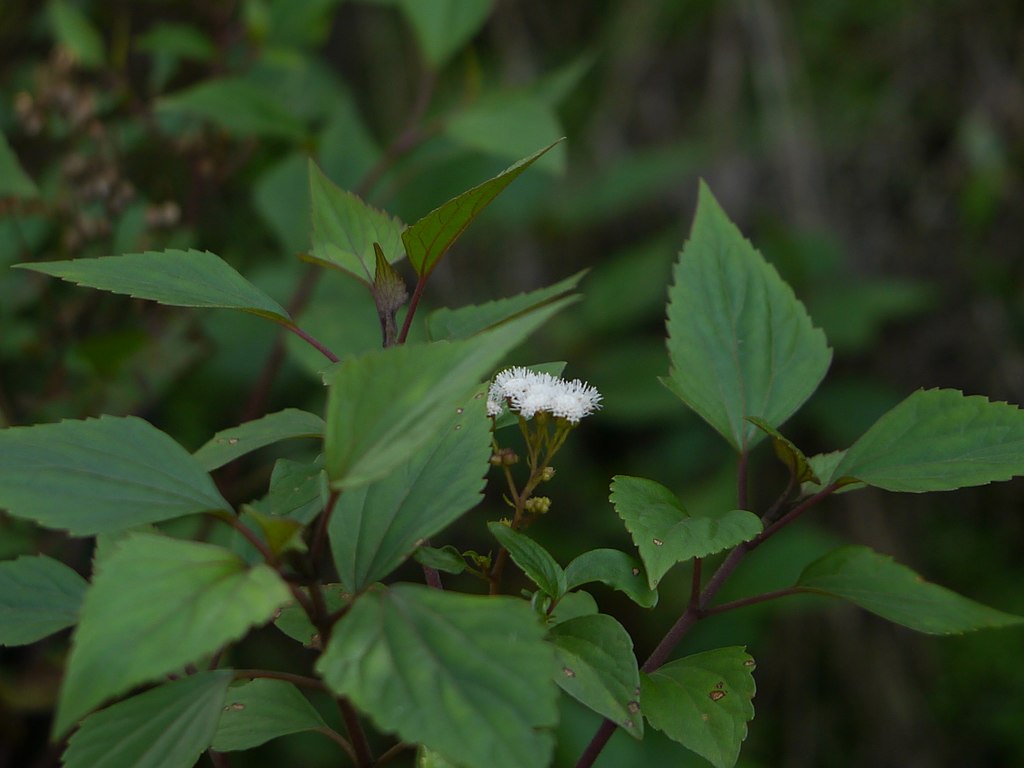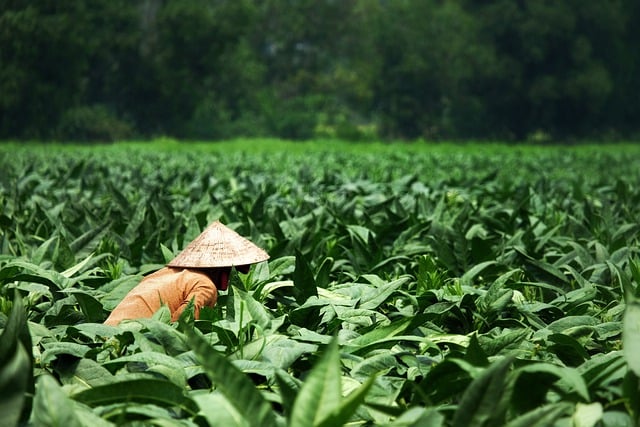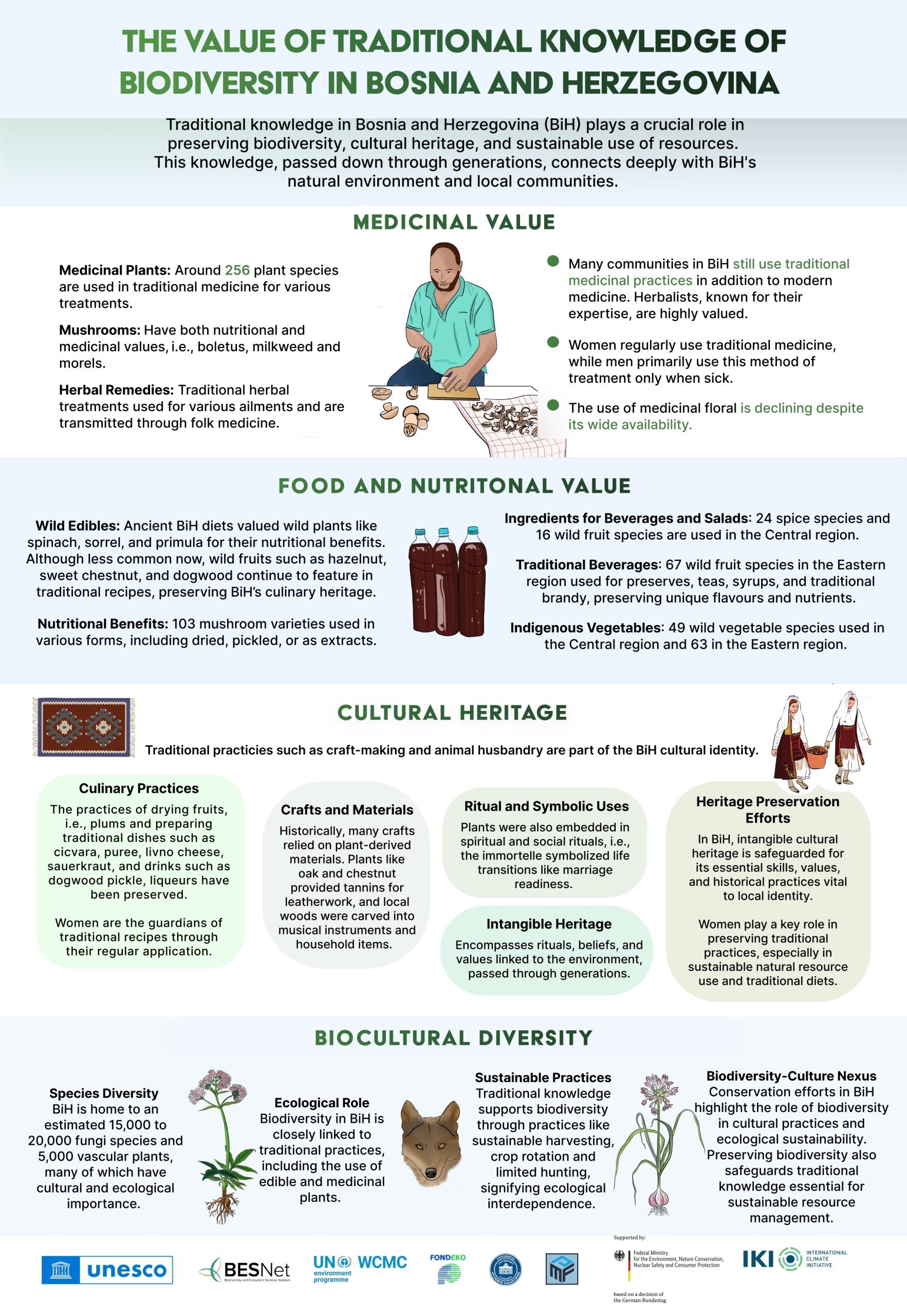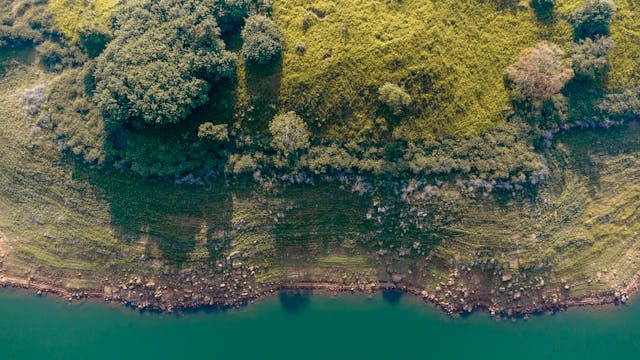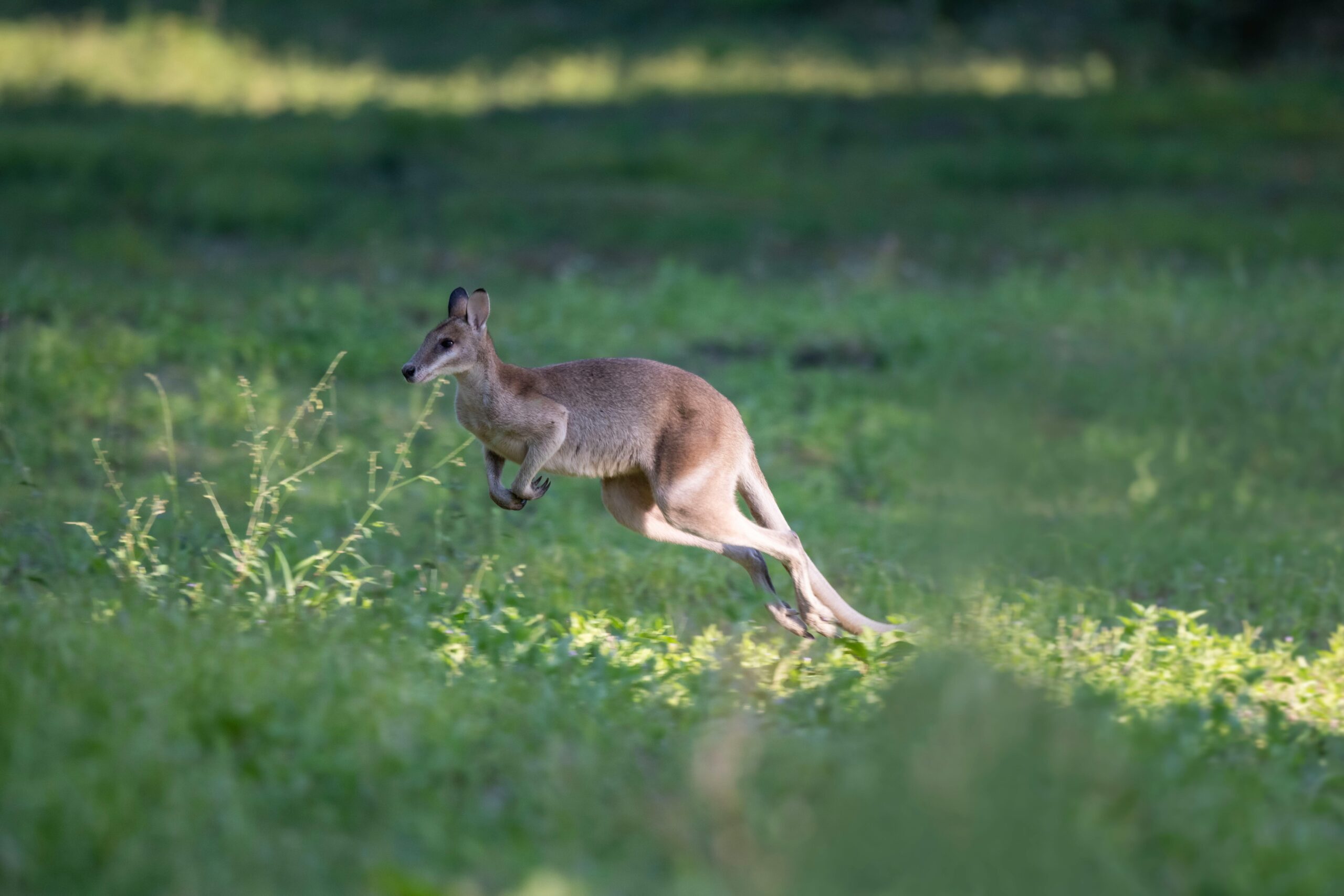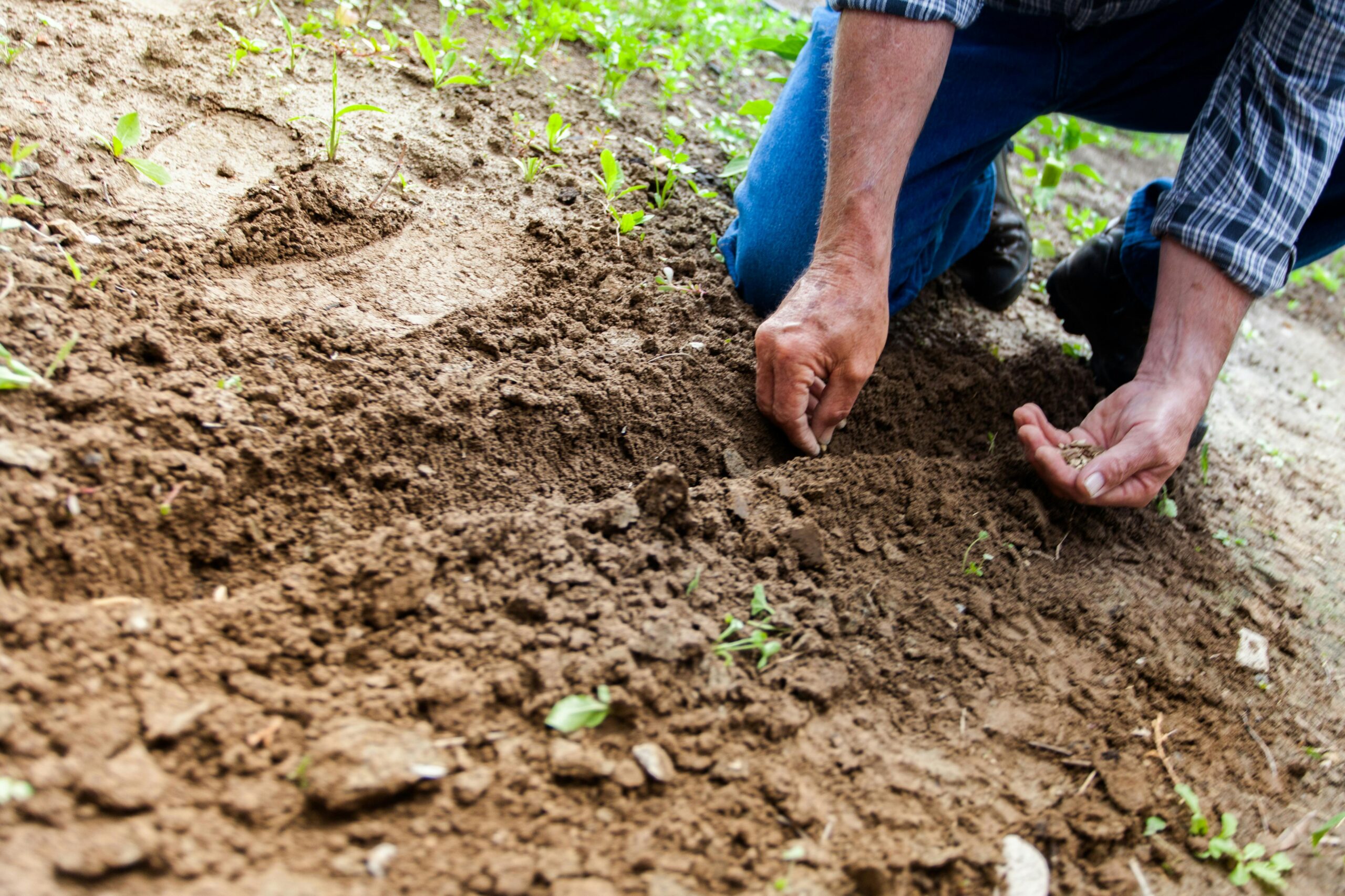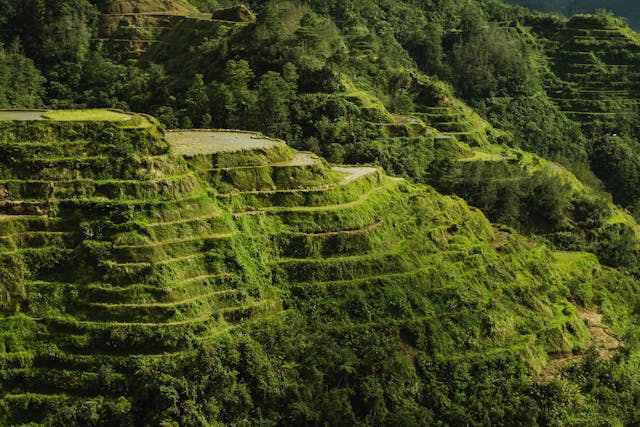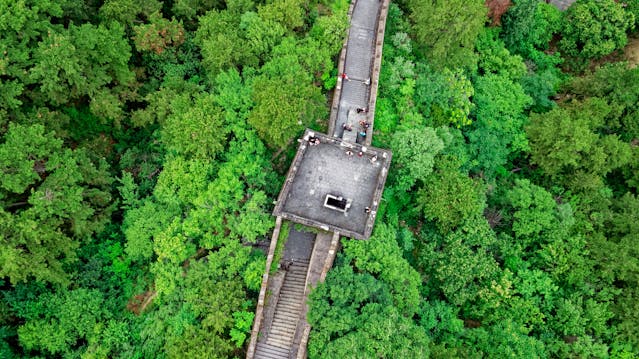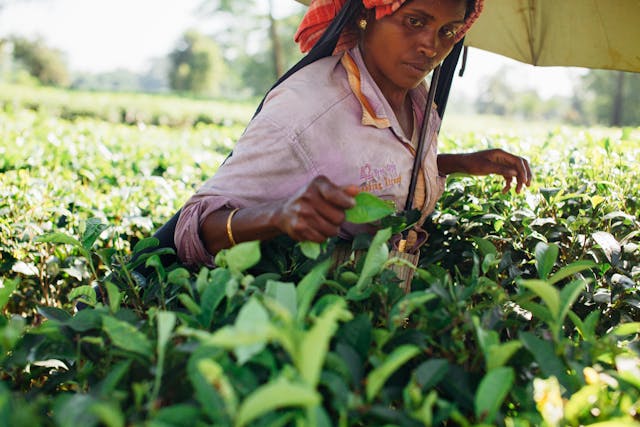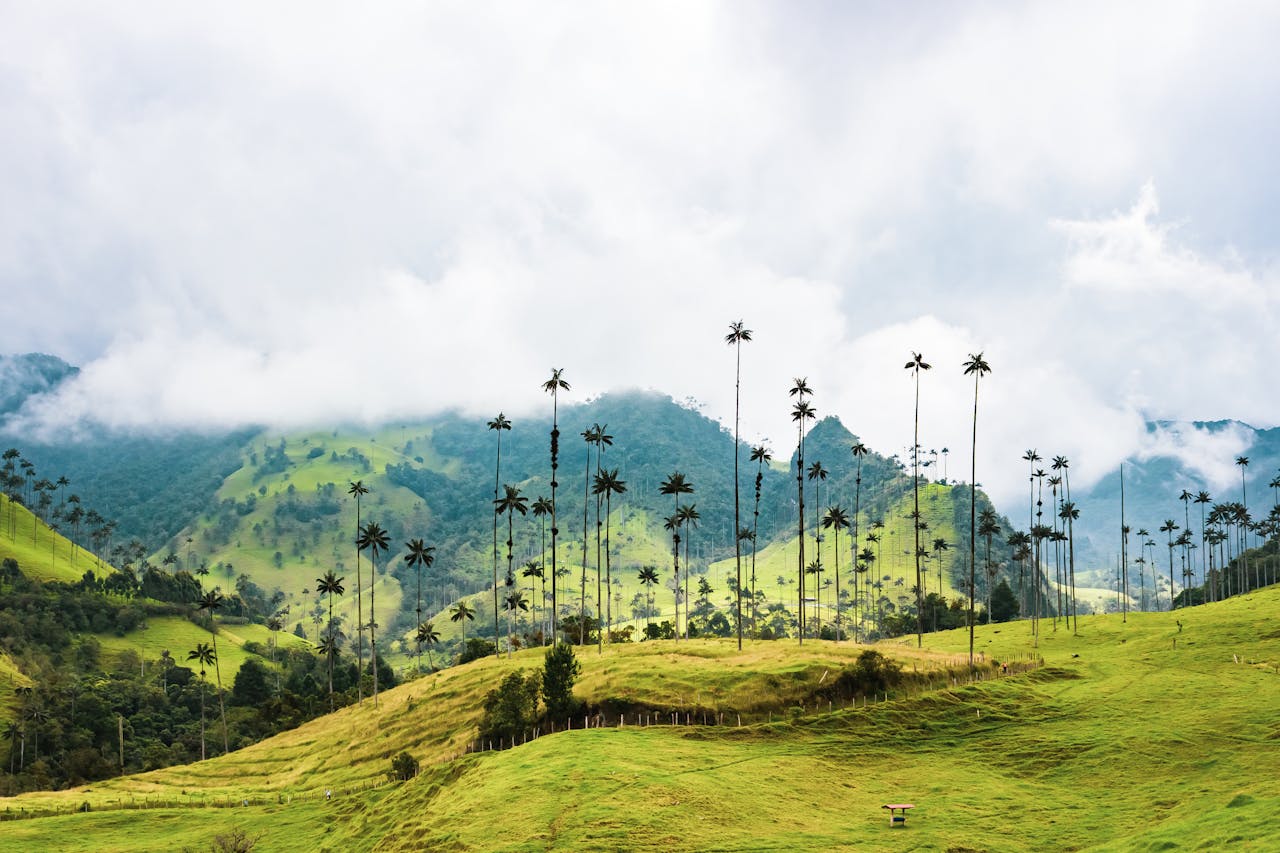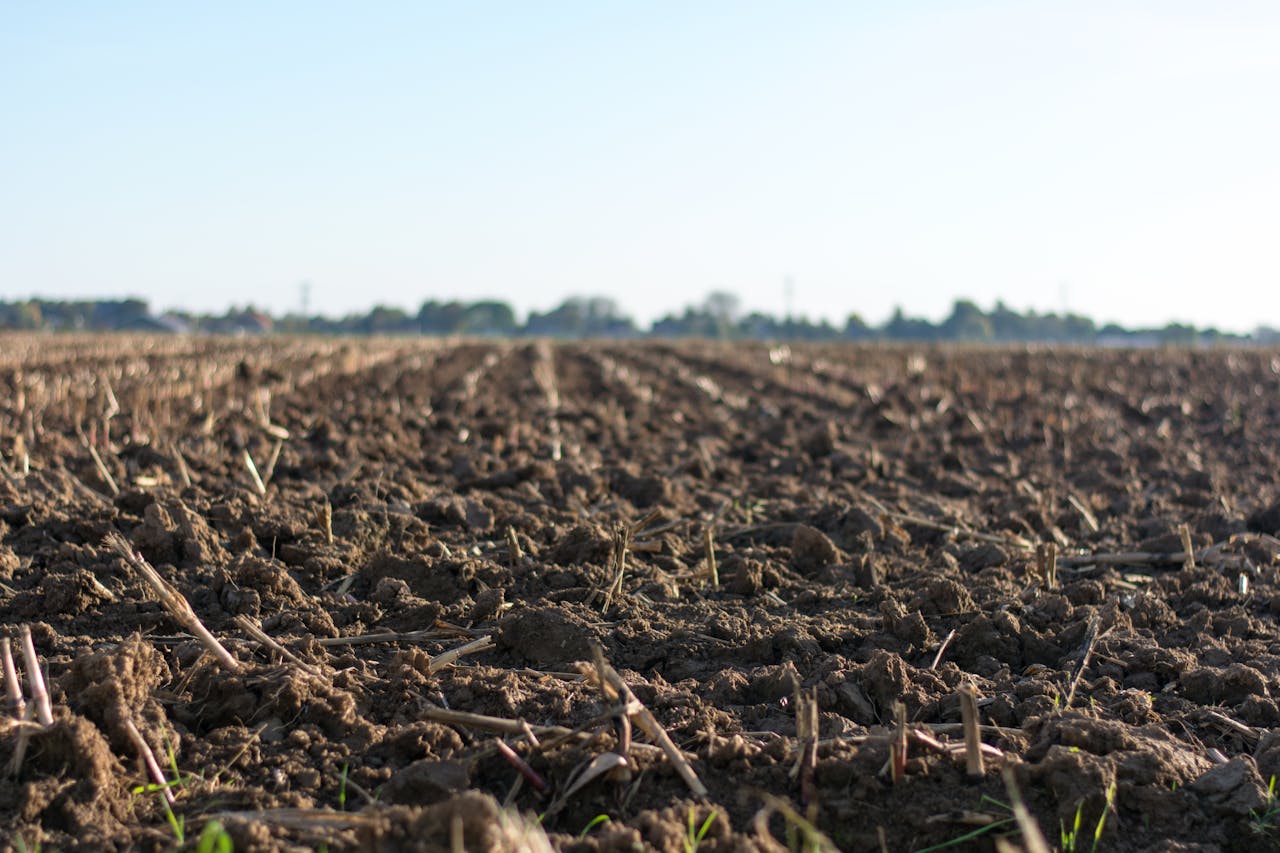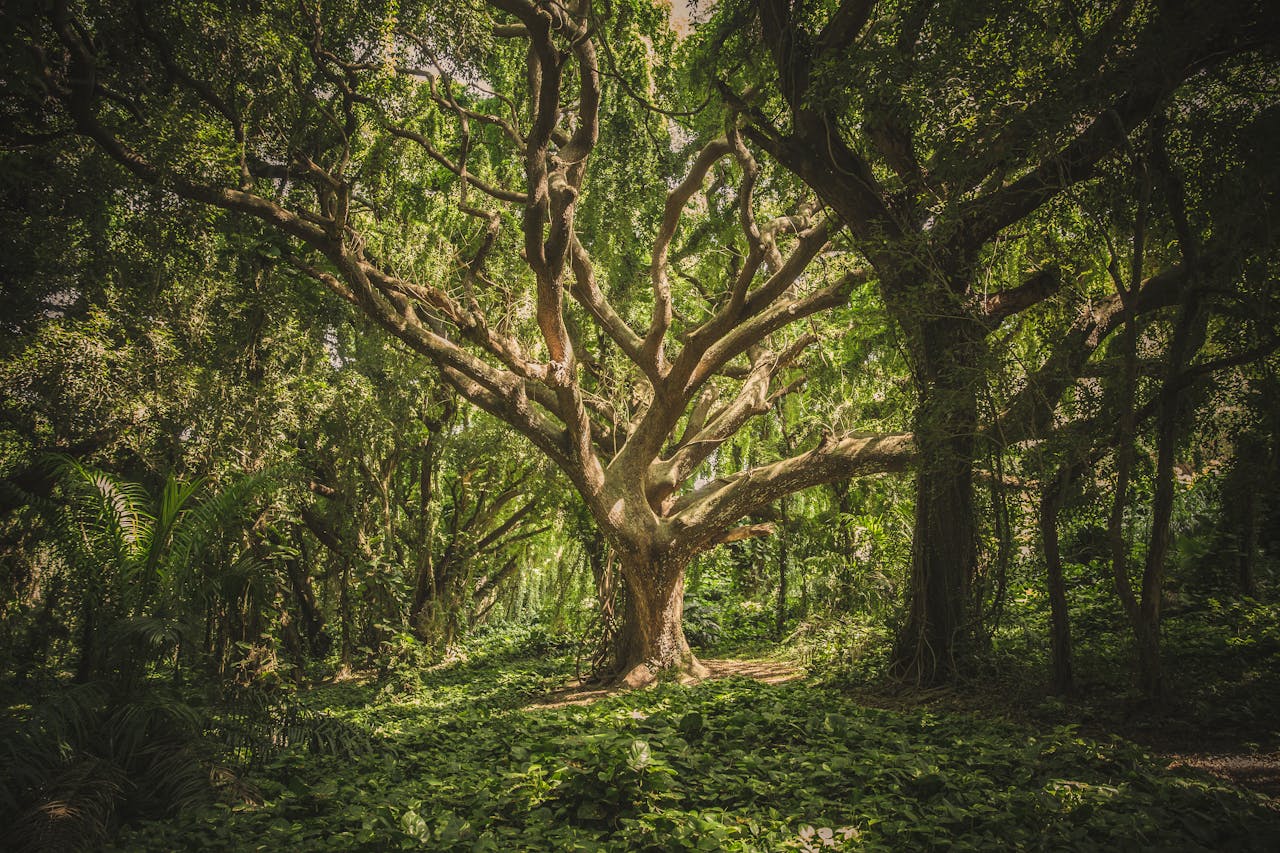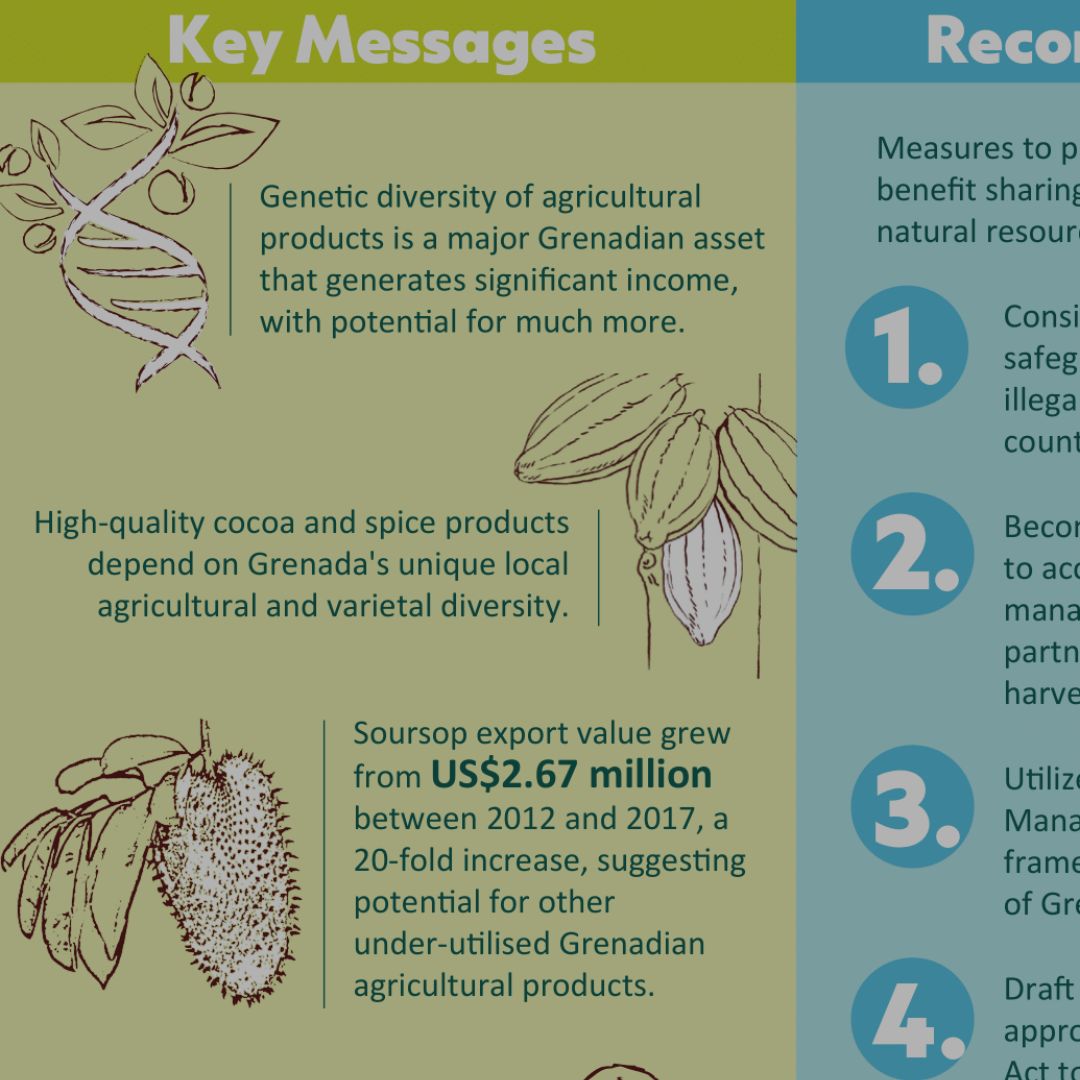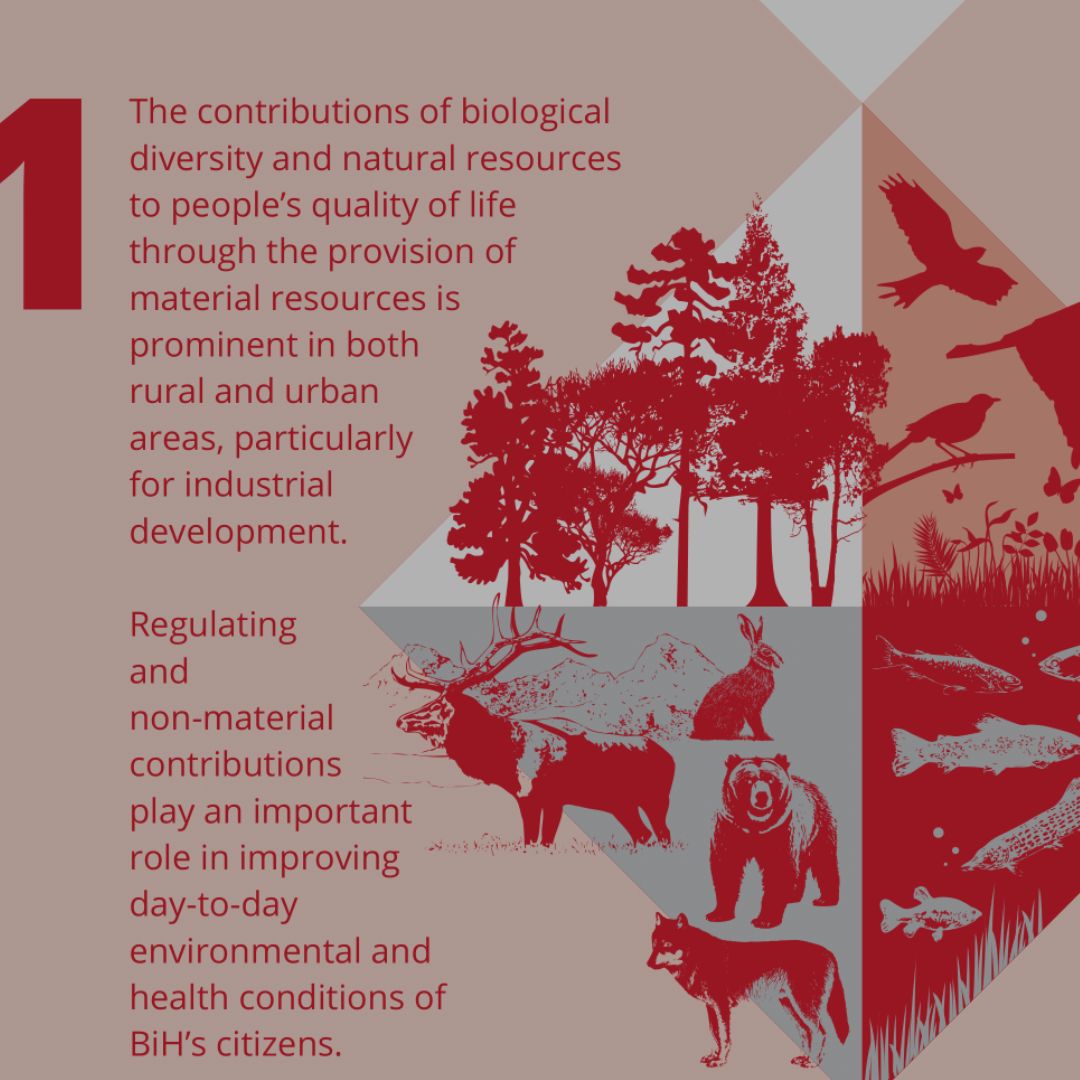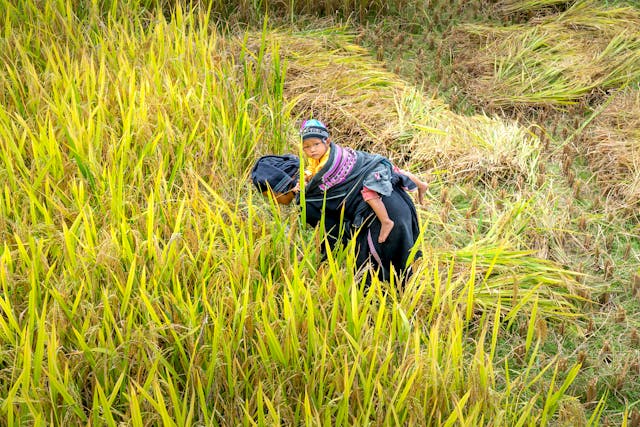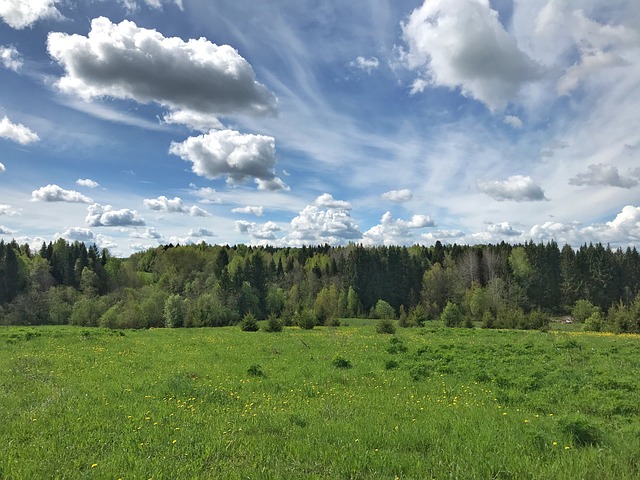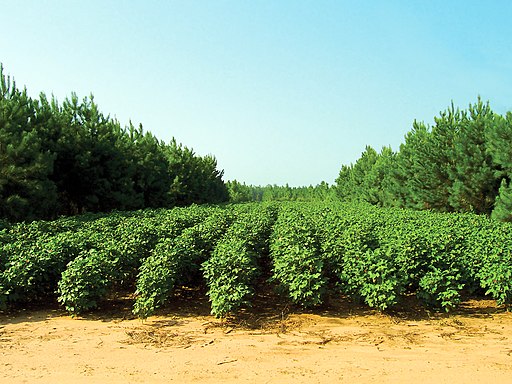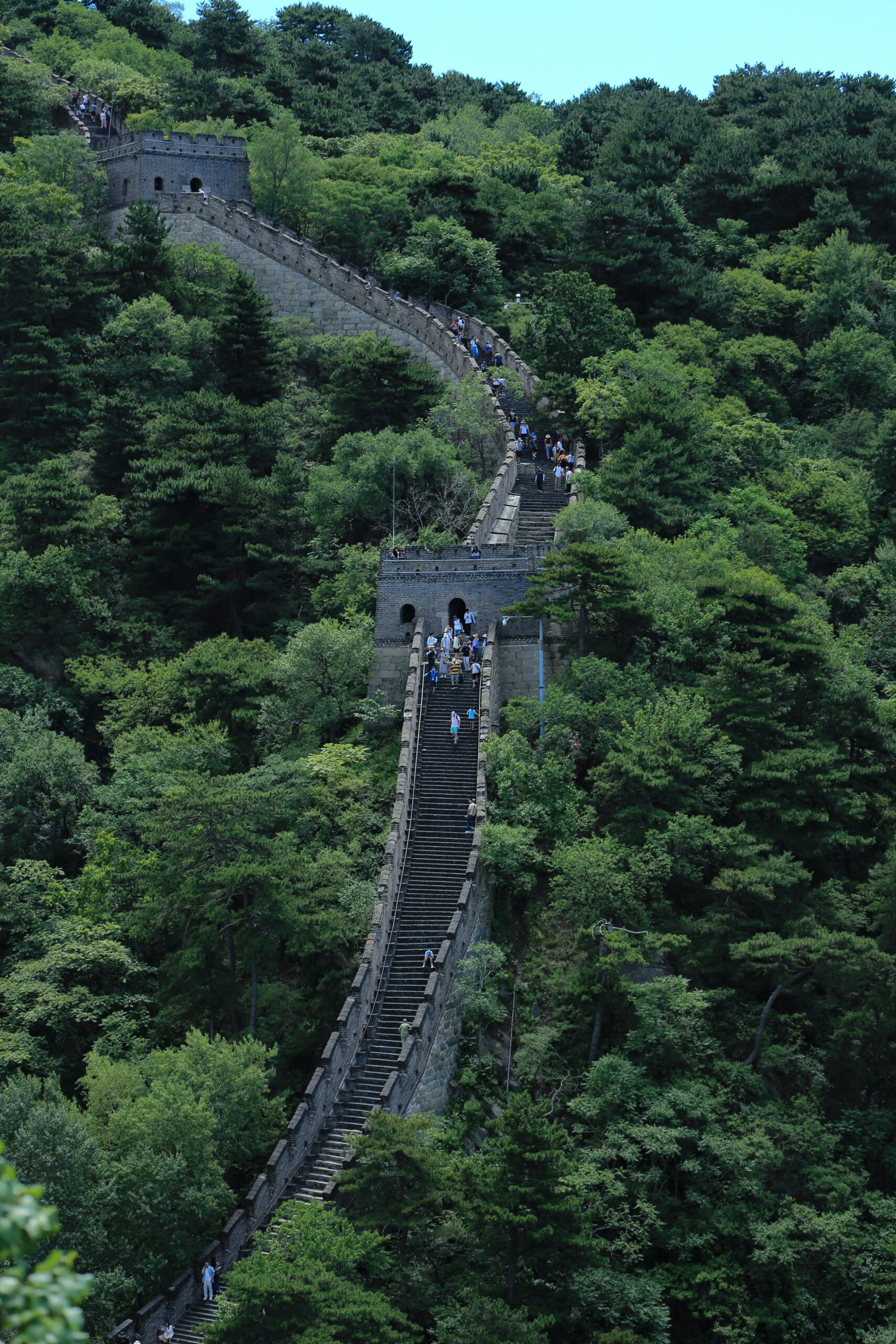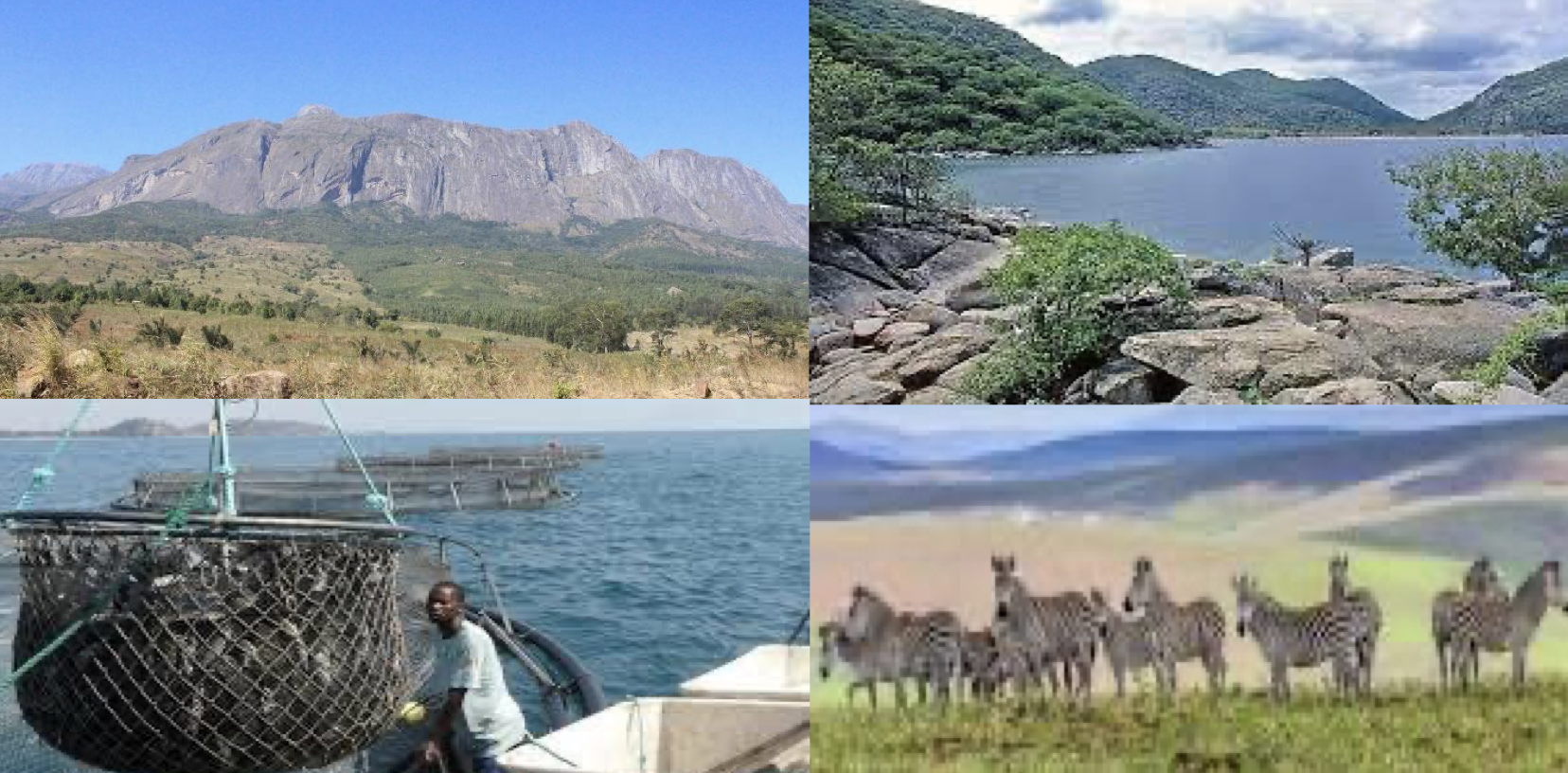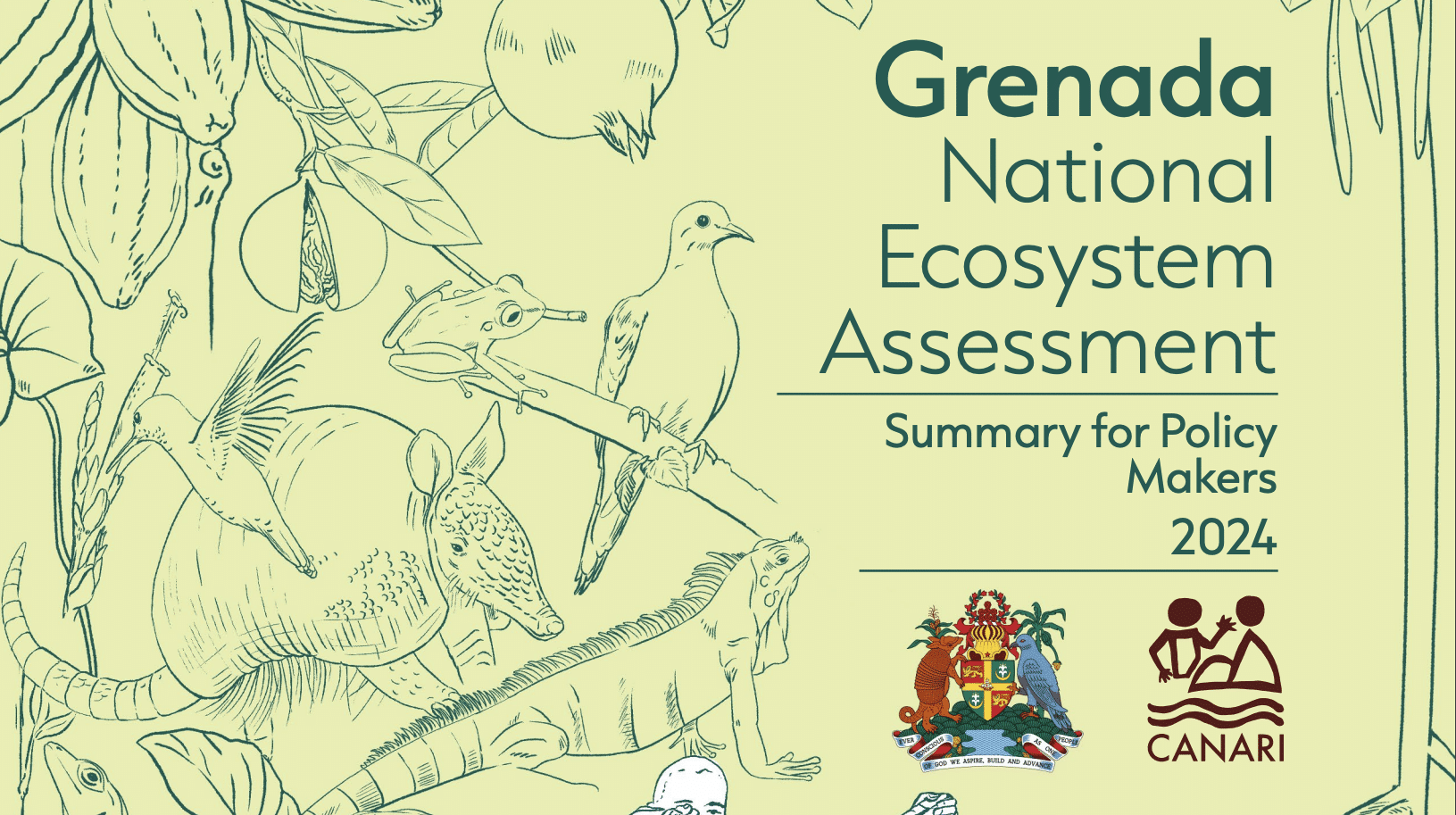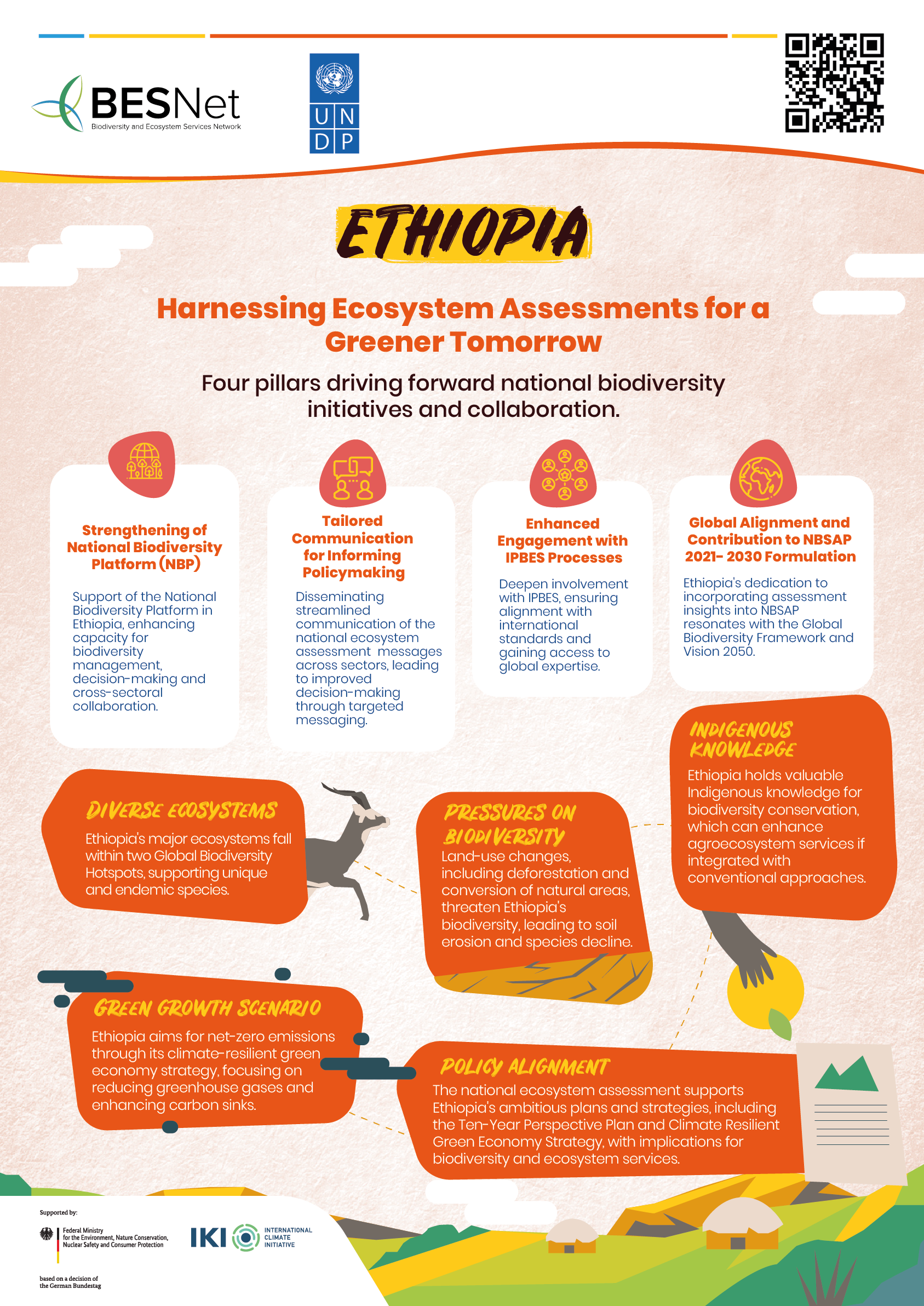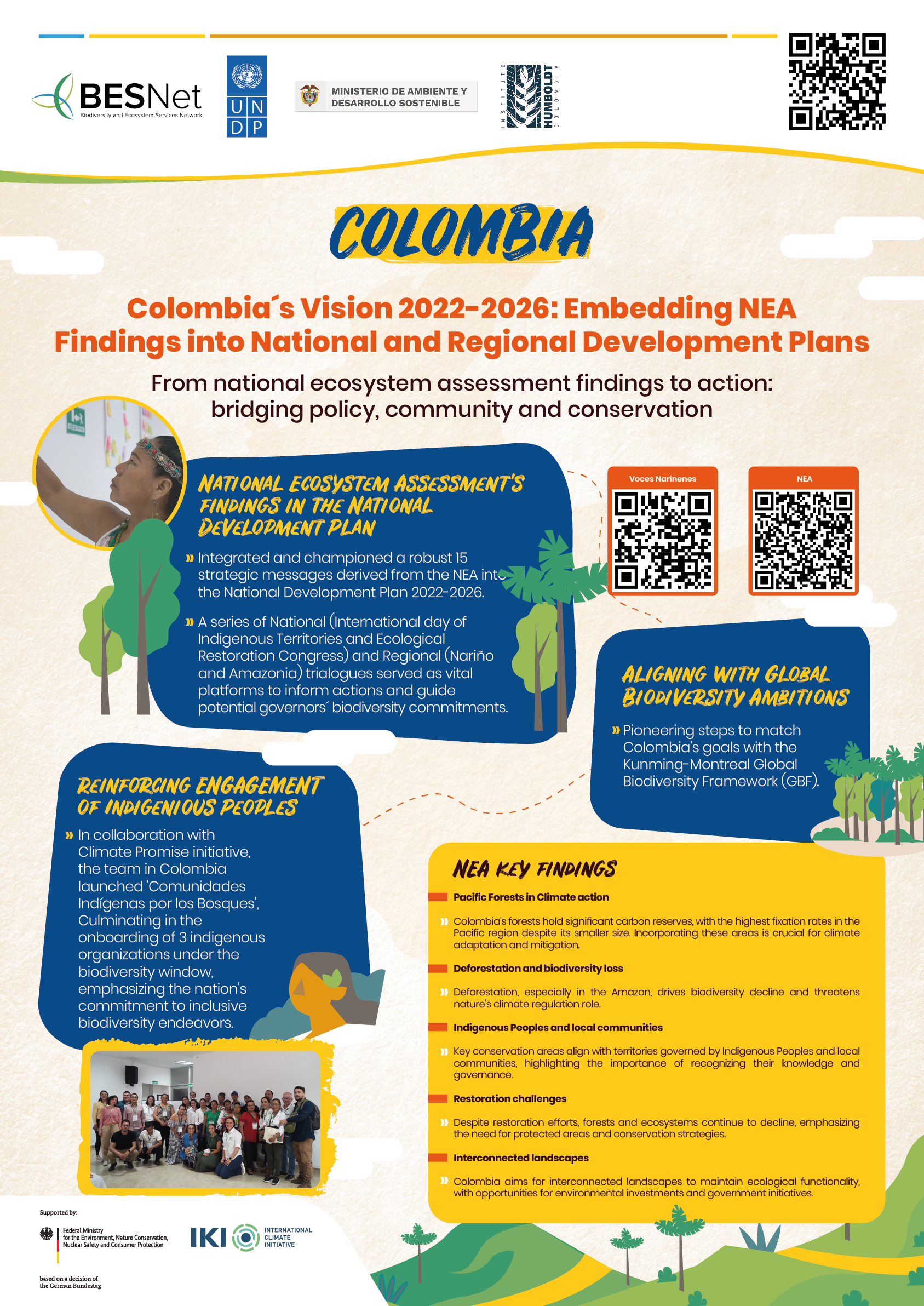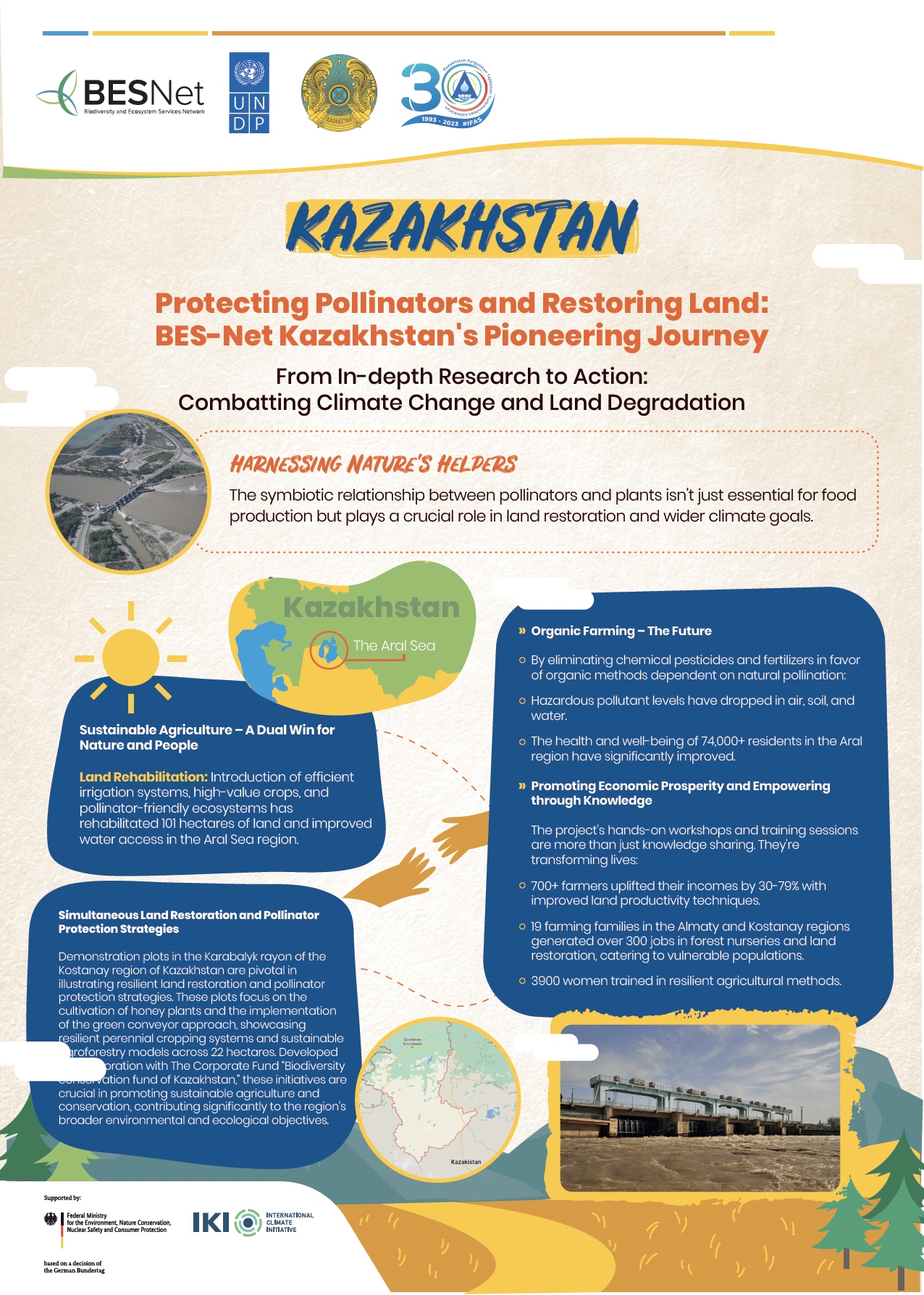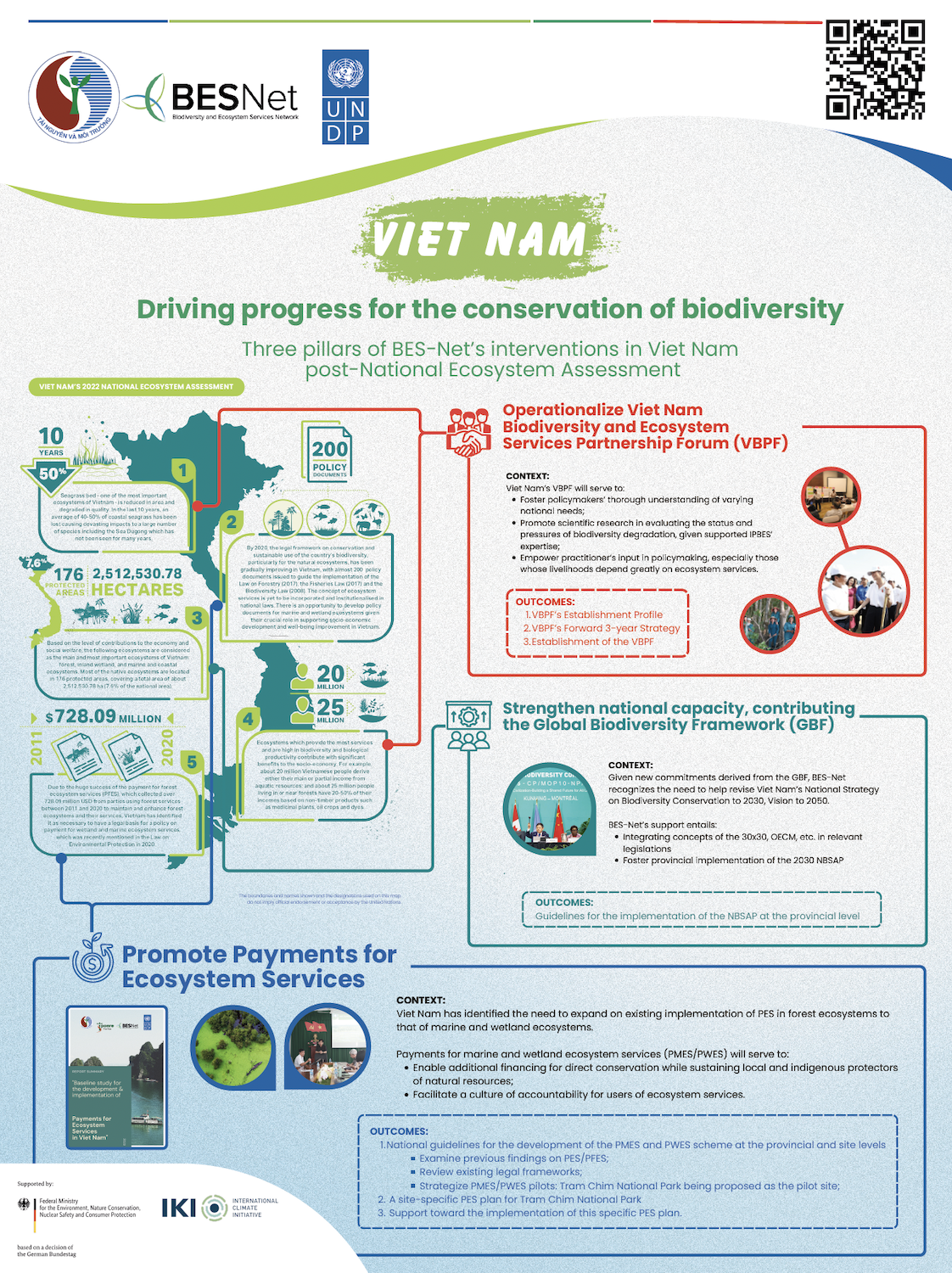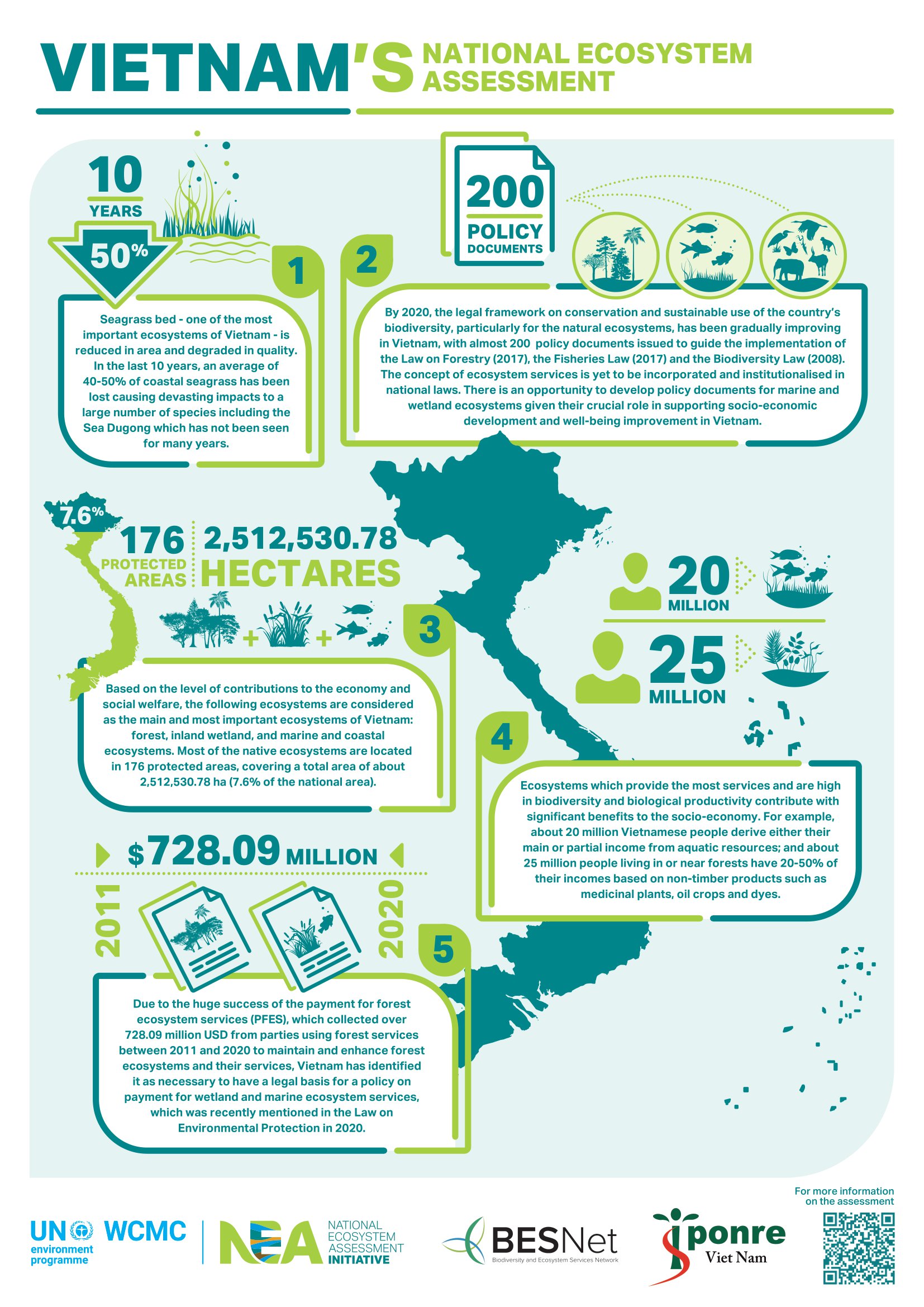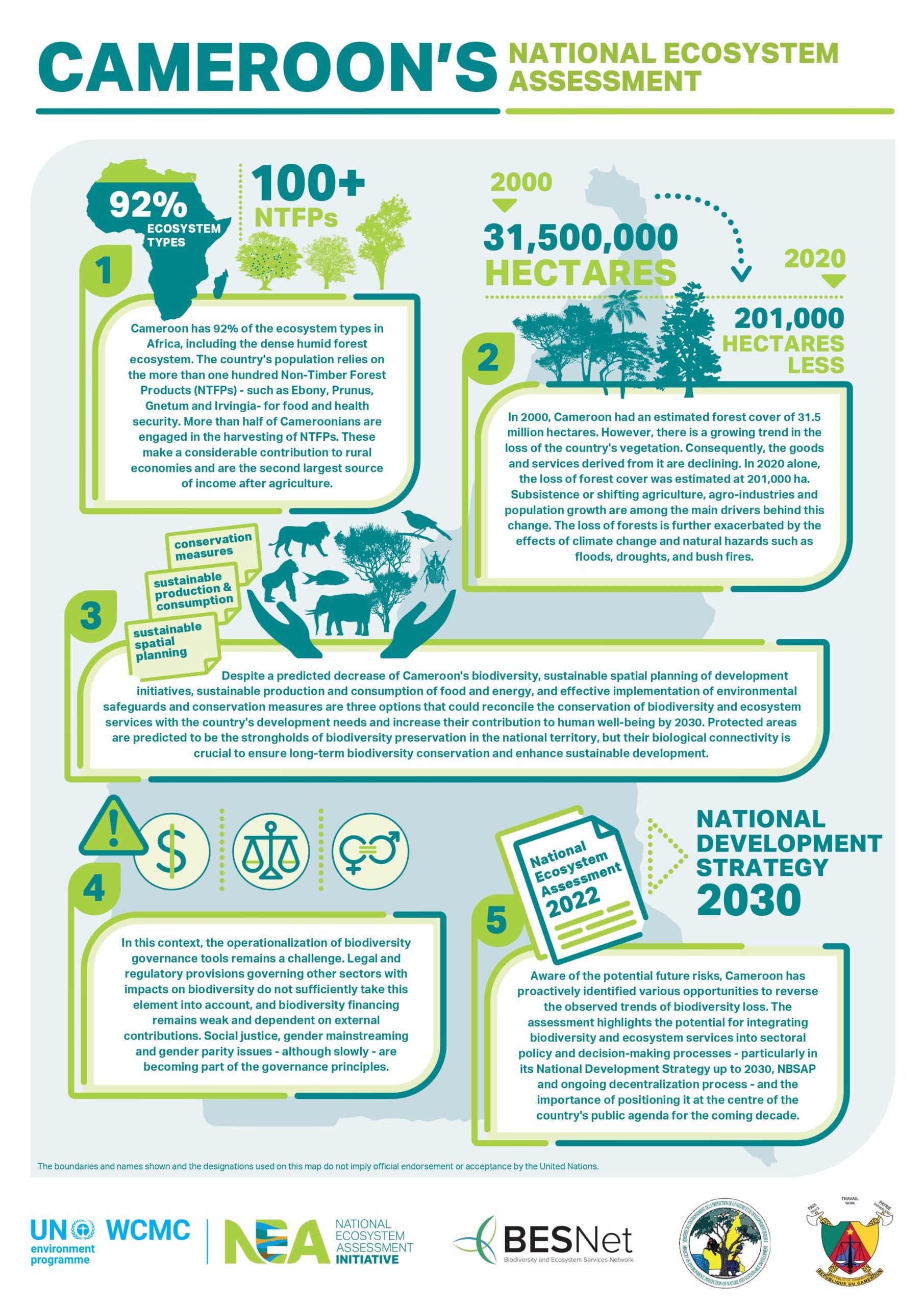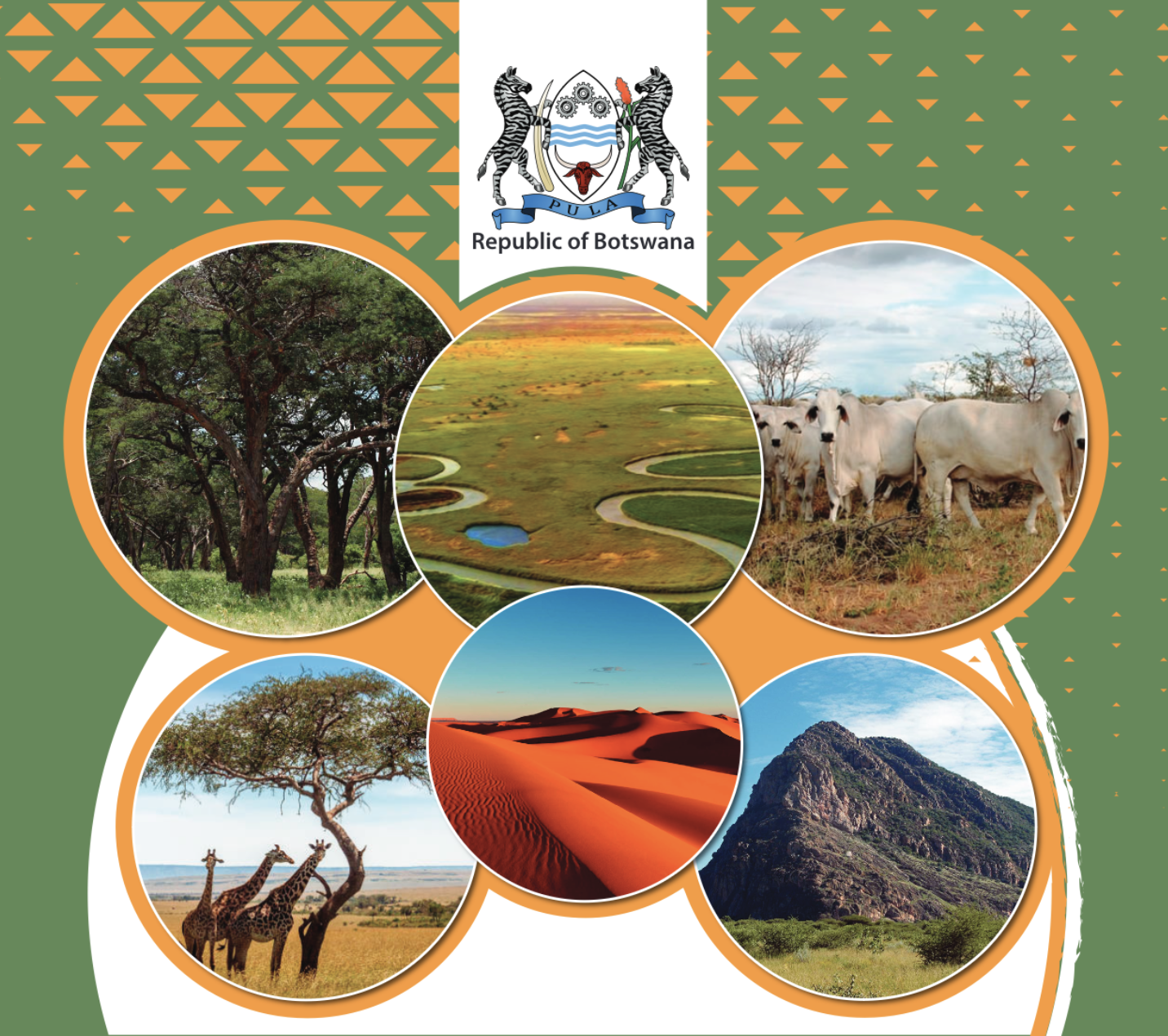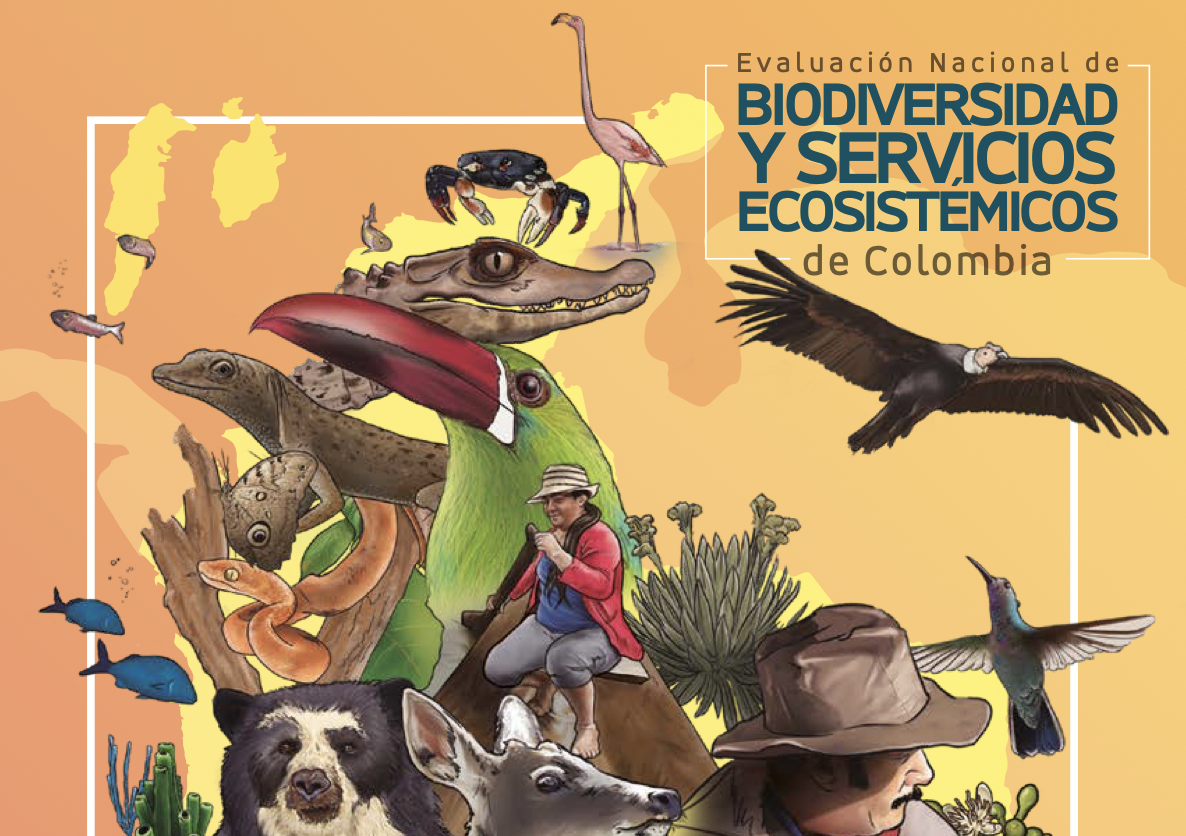Forest degradation has been considered as one of the main causes of climate change in recent years. The knowledge of estimating degraded forest areas without the application of remote sensing tools can be useful in finding solutions to resolve degradation problems through appropriate restoration methods. Using the existing knowledge through literature review and field-based primary information, we generated new knowledge by combining the information obtained from multi-criteria decision analyses with an analytic hierarchy process, and this was then used to estimate degraded forest area. Estimation involves determining forest degradation index (FDI) and degradation threshold. Continuous inventory data of permanent sample plots collected from degraded forests, consisting of various forest types divided by dominant tree species in the Guangdong province and Tibet autonomous region of China, were used for the purposes. We identified four different forest degradation levels through the determination and comprehensive evaluation of FDI. The degraded forest area with broad-leaved species as dominant tree species in the Guangdong province was estimated to be 83.3% of a total forest area of 24,037 km2 . In the same province, the degraded forest area with eucalyptus as a dominant tree species was 59.5% of a total forest area of 18,665 km2 . In the Tibet autonomous region, the degraded forest area with spruce as a dominant tree species was 99.1% of a total forest area of 17,614 km2 , and with fir as a dominant tree species, the degraded area was 98.4% of a forest area of 12,103 km2 . A sampling accuracy of forest areas with national forest inventory was about 95% in both provinces. Our study concludes that the FDI method used has a certain scientific rationality in estimating degraded forest area. The forest provides a variety of tangible and intangible goods and services for humans. Therefore, forest management should focus on the improvement of its overall productivity, which is only possible with improving forest site quality. One of the important steps to improve the quality of a forest site is to resolve its degradation issues. The presented method in this article will be useful in finding the solutions to forest degradation problems. This method, which does not need any remote sensing tool, is simple and can be easily applied for estimating any degraded forest area and developing effective forest restoration plans.
Method of estimating degraded forest area: Cases from dominant tree species from Guangdong and Tibet in China
Year: 2021























































































































































































































































































































































































































































































































